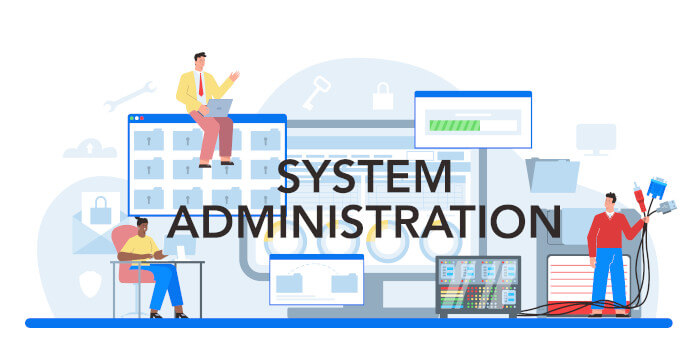Essential System Utilities is a series of articles highlighting essential system tools. These are small utilities, useful for system administrators as well as regular users of Linux based systems.
The series examines both graphical and text based open source utilities. For details of all tools in this series, please check the Summary page of this article.
System Monitoring Center is a multi-featured system monitor. It’s free and open source software written in the Python programming language.
There are separate versions using the GTK3 and GTK4 widget toolkit. Note that it’s only the GTK4 version which will include new features going forwards, the GTK3 version will receive only bug fixes in the future.
Installation
We tested System Monitoring Center primarily with Ubuntu 23.04 and Manjaro. Installation is a breeze.
Our Ubuntu vanilla test system needed us to install the hwdata package. hwdata is a tool that provides hardware identification and configuration data. It comes with a database of configuration information such as PCI ids, XFree86/Xorg cards and more. Install hwdata with the command:
$ sudo apt install hwdata
The developer provides a Debian/Ubuntu package for System Monitoring Center. This uses GTK3. Grab the package from his GitHub repository.
We installed the package with the command:
$ sudo dpkg -i system-monitoring-center_*
We’ll use a wildcard in the filename.
We also want to test the GTK4 version on Ubuntu. There is no Debian/Ubuntu distro package for the GTK4 version. Instead, we need to install using flatpak.
$ flatpak install flathub io.github.hakandundar34coding.system-monitoring-center
We can then run the GTK4 version with the command:
$ flatpak run io.github.hakandundar34coding.system-monitoring-center
There’s a package in the Arch User Repository for Arch-based distros which installed without a hitch. And for everyone using some other distro, we recommend installing the software using pipx.
Let’s have a walkthrough of the information presented by the utility. The interface is broken down into 5 main tabs, and there are sub-tabs for the Performance main tab. We’ll cover the Performance main tab first.
Next page: Page 2 – Performance: Summary
Pages in this article:
Page 1 – Introduction / Installation
Page 2 – Performance: Summary
Page 3 – Performance: CPU
Page 4 – Performance: Memory
Page 5 – Performance: Disk
Page 6 – Performance: Network
Page 7 – Performance: GPU
Page 8 – Performance: Sensors
Page 9 – Processes
Page 10 – Users / Services
Page 11 – System
Page 12 – Summary
